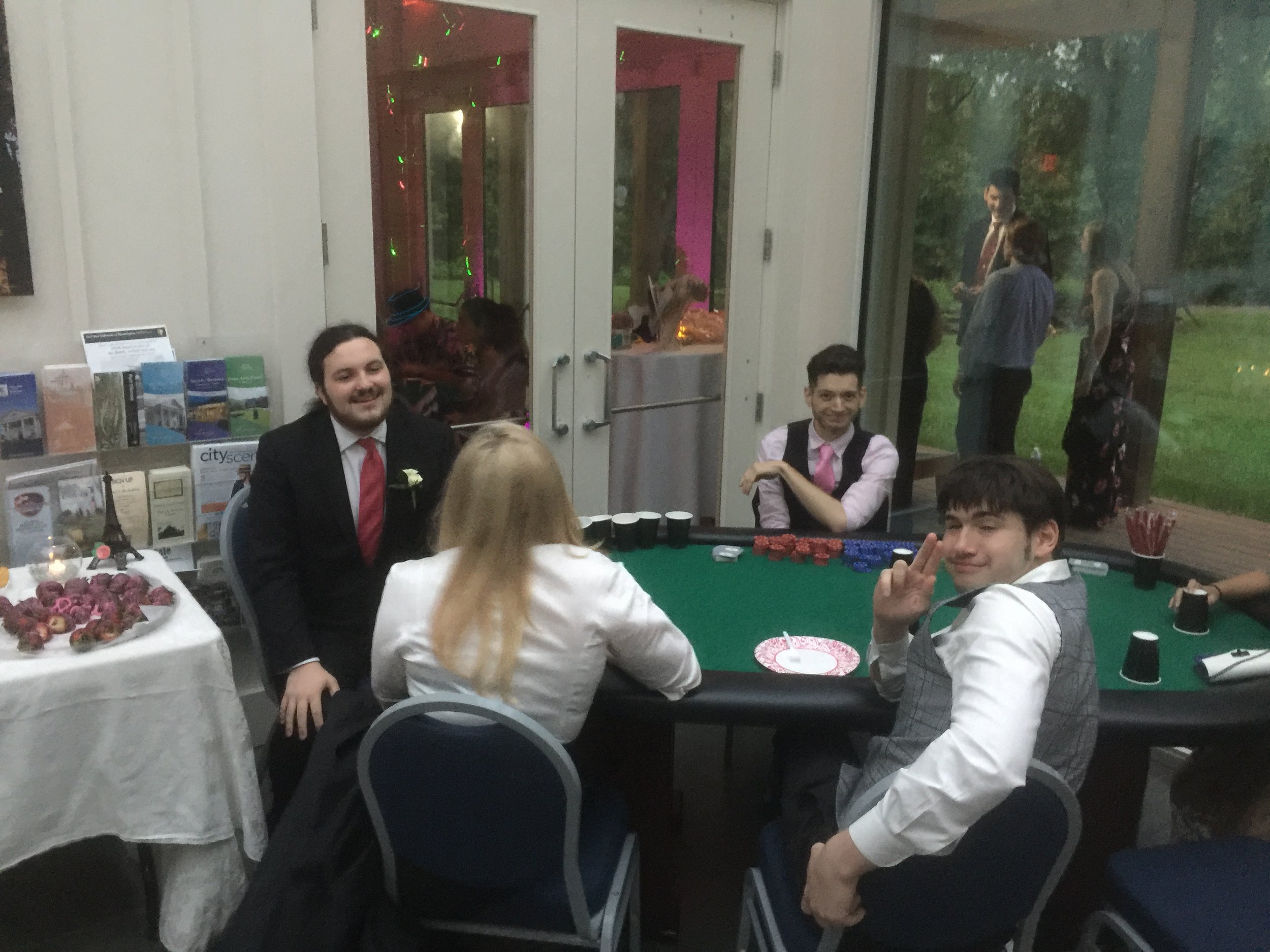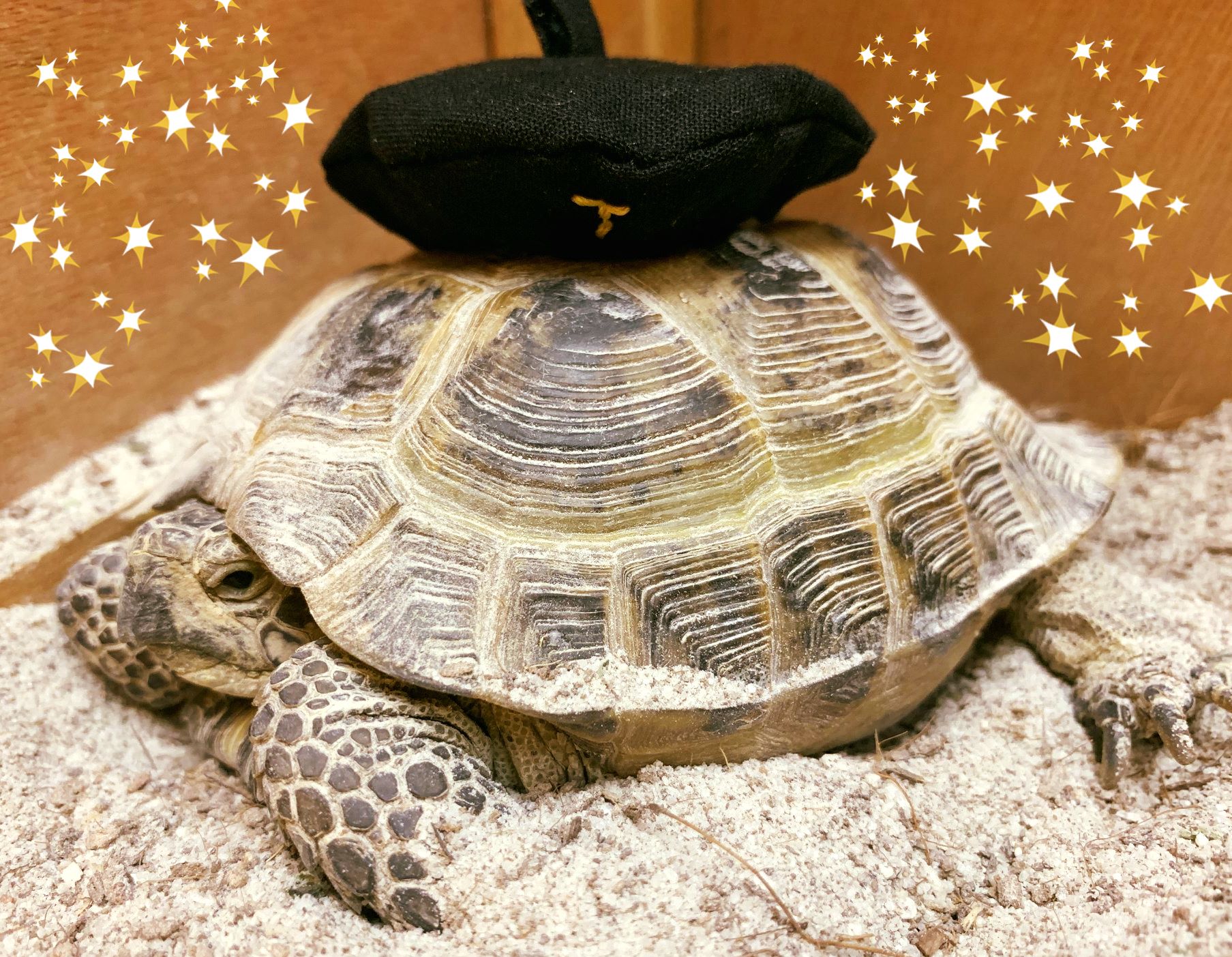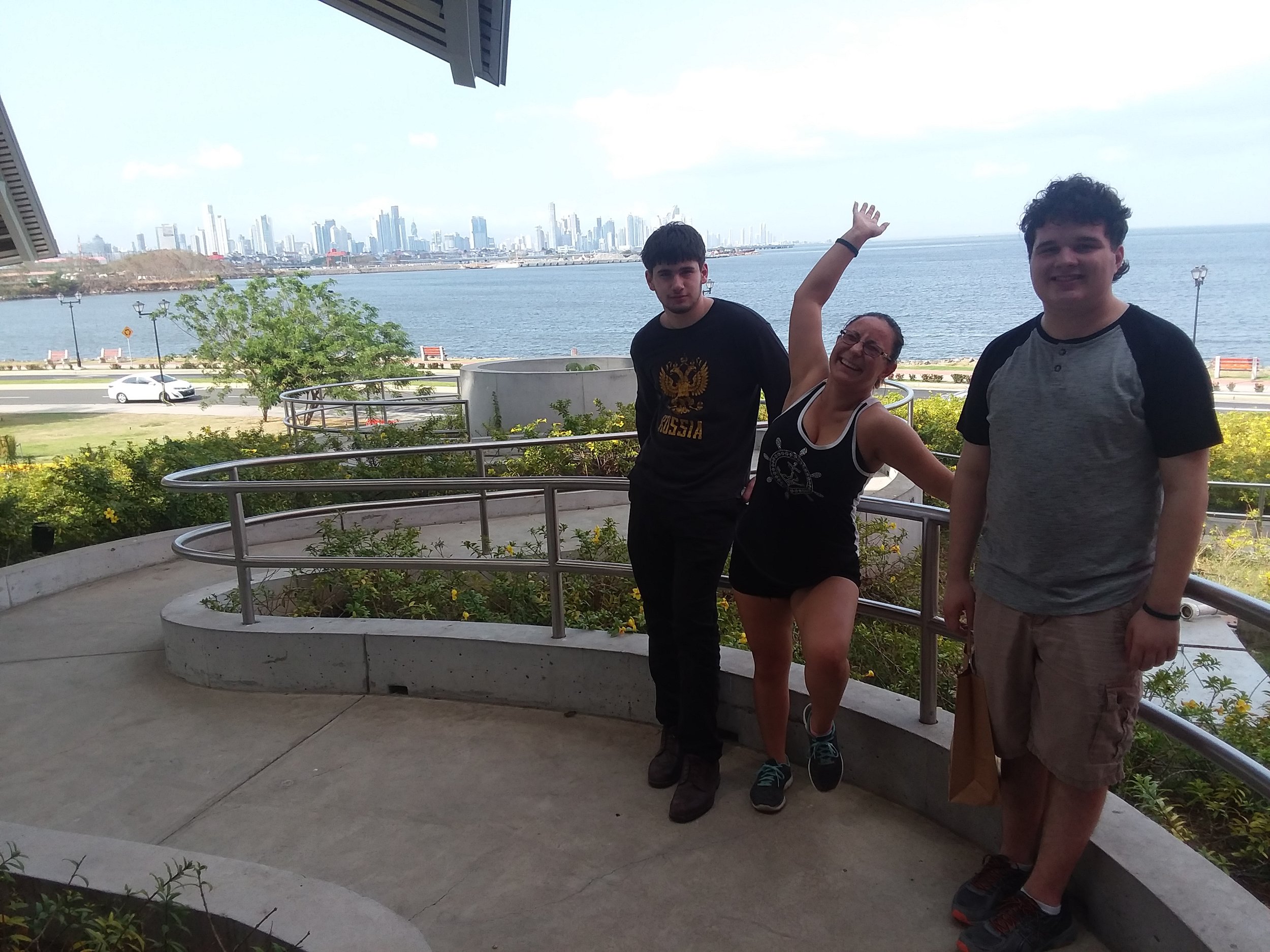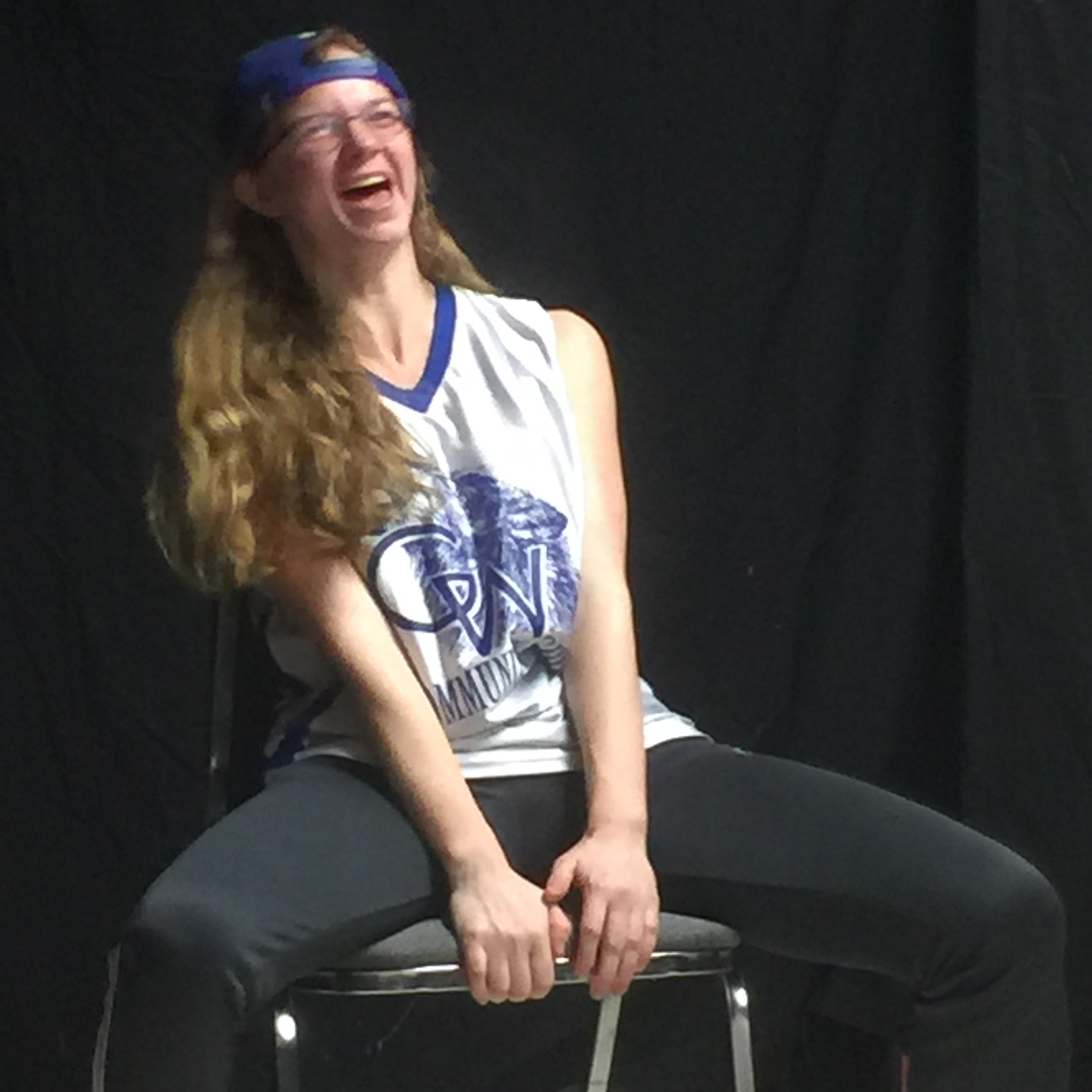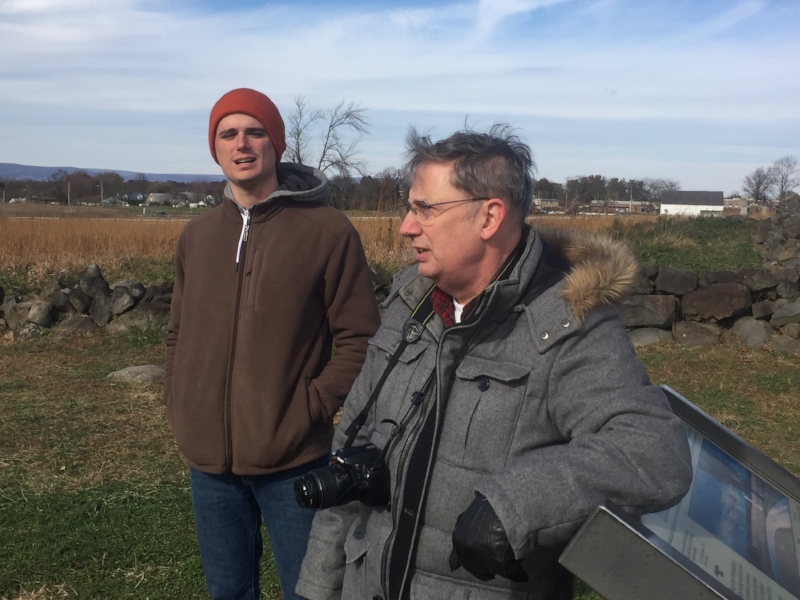Did you know that one oyster filters 50L of water a day?! On June 5, 2019 the entire GW Community School went to the Chesapeake Bay Foundation’s Phillip Merrill Environmental Center in Annapolis, MD for an all day experiential, environmental, educational, and absolutely enjoyable learning experience! Students and staff canoed on the Blackwalnut Creek where we learned about eutrophication, wetlands, erosion, and bio-restoration. On the bay, we cruised on a real Chesapeake Bay work boat where we dredged oysters, mapped landmarks, and learned about the ecology and economy of the bay. Students fished by seining on the shore and learned how to test turbidity and water quality factors like temperature, dissolved oxygen levels, and salinity. We also got to tour their office building which was the first Platinum LEED Certified Building ever! The Chesapeake Bay Foundation composts their own sewage, which gives them the astonishing platinum rating. Everyone had a wonderful day in the sun exploring and learning. I believe we all left with more knowledge and appreciation for our watershed- which is the largest estuary in the country!












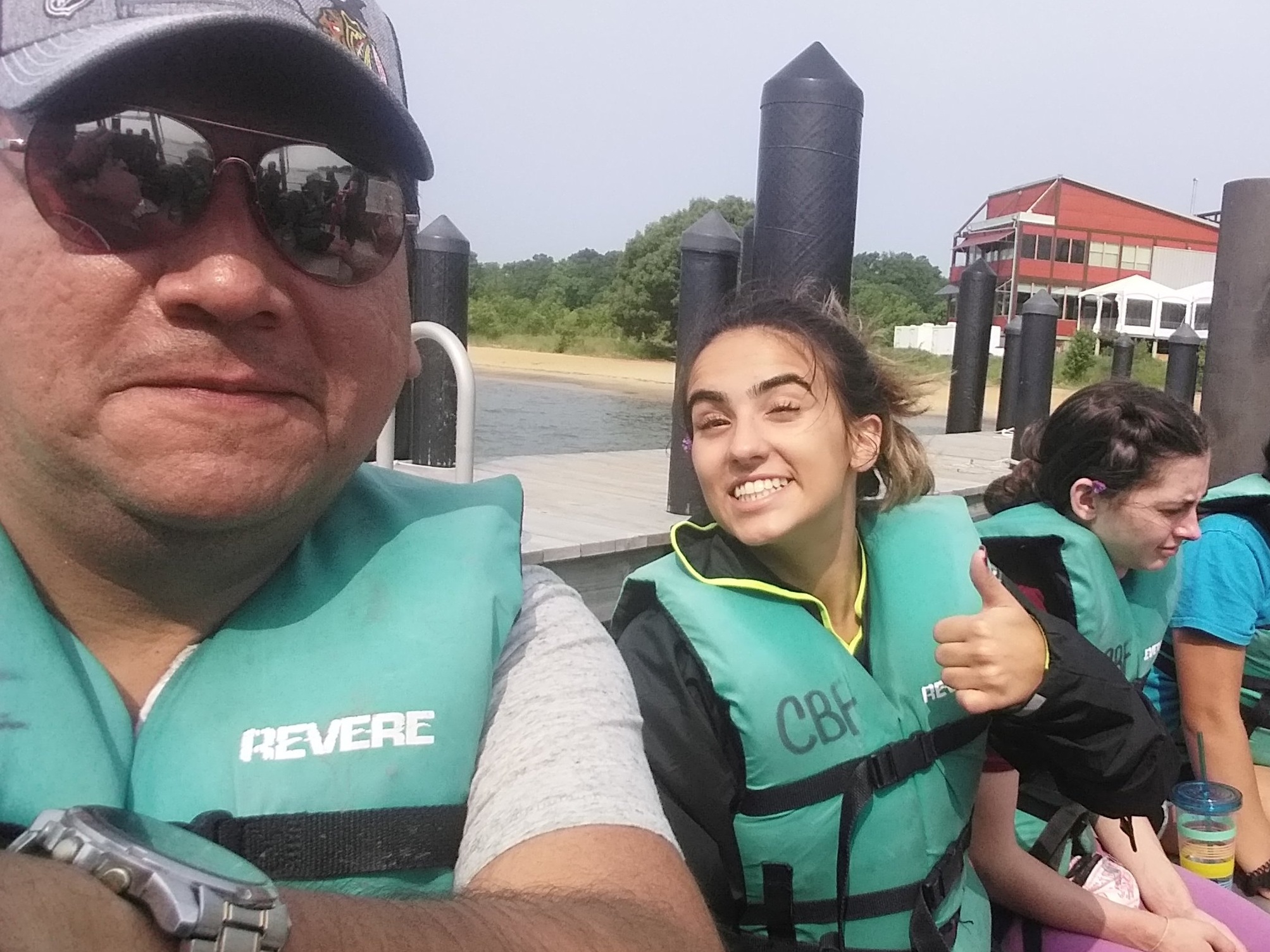

















GW Community School
Chesapeake Bay Foundation
Philip Merrill Environmental Center
Ms. Julia Kohler, Teacher
June 5, 2019





























